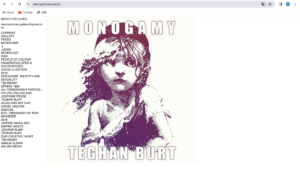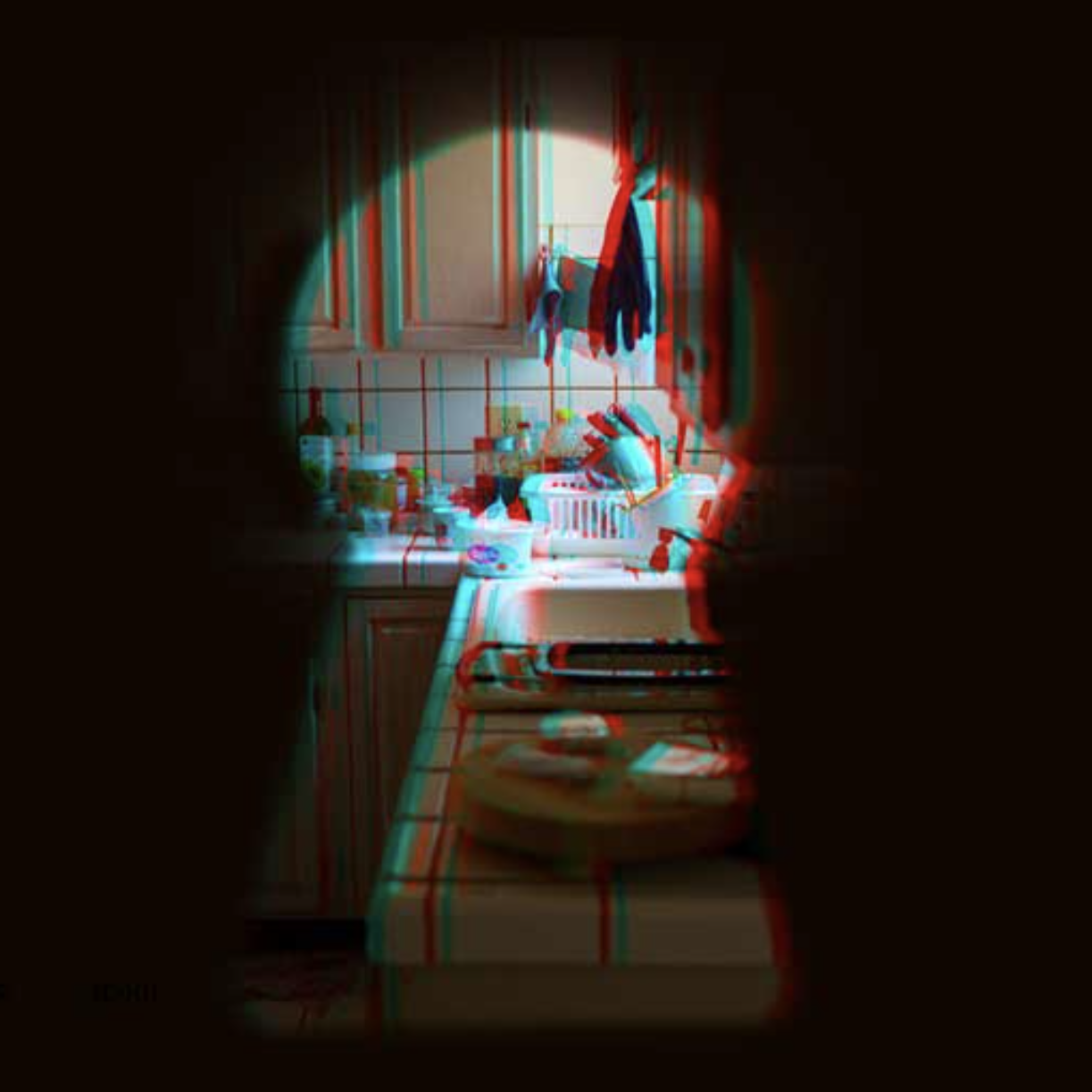Individual studies
I have spent the last week researching several artist-run spaces such as Big Shop Friday, The Lab, and Mercy Pictures who, through their unique innovation and independence, have demonstrated an effective challenge to the traditional model of arts organizations in the field of contemporary art curation. These spaces exemplify the decentralized tendencies and grassroots initiatives of the art ecosystem, promoting community participation and democratization of art practice. However, as Bishop (2012) points out, exploring participatory art and audience politics provides an important lens through which to understand how these spaces foster and inspire creative communities (Bishop, 2012). Further, Kester’s (2004) concept of ‘dialogue work’ highlights the importance of communication between artists and communities, providing a theoretical underpinning for analyzing how artist-run spaces can contribute to dialogue and community building through artistic practice (Kester, 2004). However, is this dialogue and communication always equal and two-way? Do artist-run spaces sometimes unconsciously reproduce the very power structures they seek to resist? Lippard’s (1997) exploration of the trend toward dematerialization of the art object further challenges the traditional modes of operation of art institutions (Lippard, 1997). By offering flexible and varied programs and exhibitions, these spaces exemplify the complex relationship between art and the social and economic environment in which it interacts. However, is it possible that this dematerialization may lead to a decontextualization of artistic practice, thus depriving art of its socially and politically critical edge?
To gain a deeper understanding of these issues, I have recently undertaken research such as the Hidden Project which demonstrated the positive impact of participatory art on community engagement and health research. Developed by Greater Manchester charity Made by Mortals, the project aims to enable people with lived experience of health conditions to express themselves through the co-creation of audio clips. This approach emphasizes the potential of the arts to promote community engagement and raise health awareness, but I think it also has limitations. Whether participatory art can achieve the elevation of the voices of marginalized groups needs to be supported by more empirical research. Secondly, the impact evaluation of the project should be more transparent and extensive to better understand its long-term effects and sustainability. Nonetheless, the Hidden project provides me with an interesting example of how art can be used as a way of exploring and addressing health issues. (Made by Mortals, n.d.)
In this week’s readings, Alberta Whittle’s concept of “capricious curation” provided me with a unique perspective on how artist-run spaces and participatory art projects can challenge existing power structures and contribute to social change. Through her practice, Whittle exemplifies the importance of inclusivity, rest, and political participation in curating, not only to elevate the voices of marginalized groups but also to stimulate broader social and political dialogue (ArtReview, n.d.). I realized how I could incorporate these principles into the curation of my own exhibitions to challenge the traditional modus operandi of arts organizations and pave new avenues for community building and political engagement. Whittle’s work RESET and its discussion in Trebuchet Magazine demonstrates how she uses art as a means of addressing global challenges and promoting social dialogue (Whittle, 2020; Trebuchet, 2020). This reflects the application of her concept of ‘curatorial capriciousness’ in practice.


seminar feedback
In the third week of discussions, our group explored our experiences of participating in other exhibitions and reflected on our upcoming curated exhibition. Including, but not limited to, themes such as Personality Analysis in 16, Harmonious Coexistence in Nature, etc., feedback from our tutor Adam revealed that we need to further deepen our understanding and expression of these themes. This included a deeper identification of forms and themes, a rigorous demand for quality research, and the importance of ensuring that our project was in effective dialogue with contemporary art. This feedback prompted me to reflect that, although my initial intentions were positive, greater attention must be paid to the depth of research, the social impact of the exhibition, and the innovation of the art when curating the exhibition (Chilton & Leavy, 2020)
References:
ArtReview, n.d. “Alberta Whittle’s Political Project of Remembering.” Available at: https://artreview.com/alberta-whittle-create-dangerously-national-galleries-of-scotland-edinburgh-review/
Bishop, C. (2012). ‘Artificial Hells: Participatory Art and the Politics of Spectatorship’, London: Verso Books
Chilton, G. & Leavy, P. (2020) ‘Arts-Based Research: Merging Social Research and the Creative Arts’, in P. Leavy (ed.) The Oxford Handbook of Qualitative Research, 2nd ed, Oxford: Oxford University Press. Available at: https://doi.org/10.1093/oxfordhb/9780190847388.013.27 (Accessed: 1 February 2024)
Lippard, L. R. (1997). ‘Six Years: The Dematerialization of the Art Object from 1966 to 1972’, University of California Press
Made by Mortals. (n.d.). Hidden. Available at: https://www.madebymortals.org/hidden/ (Accessed 2 February 2024)
Kester, G. H. (2004). ‘Conversation Pieces: Community and Communication in Modern Art’, the University of California Press
Trebuchet, 2020. “Alberta Whittle: ‘I Felt the World Unravelling’.” Available at: https://www.trebuchet-magazine.com/alberta-whittle/ (Accessed 4 February 2024)
Whittle, A., 2020. RESET. Available at: http://www.albertawhittle.com (Accessed 4 February 2024)



